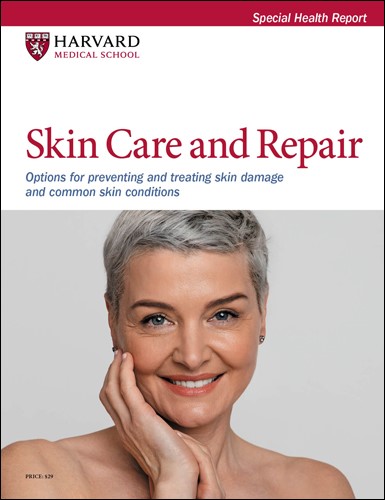What's the difference between age spots and sun spots?
Ask the doctor

Q. I have a couple of brown skin patches that look like age spots. But my friend says they might be sun spots, which can develop into skin cancer. How can I tell the difference?
A. It's an important question, since distinguishing sun spots from age spots — or "liver" spots, as our grandmothers called them — can help us determine when to seek a doctor's evaluation. Both spots tend to appear on areas that get a lot of sun exposure, such as the face, hands, arms, and shoulders.
The color of age spots ranges from pink to tan to brown. They're bigger than freckles and usually oval-shaped. They're often found in clusters. Age spots can be unsightly, but they are harmless.
Sun spots, known medically as actinic keratoses, come in a variety of colors. The biggest difference between harmless age spots and sun spots (actinic keratoses) is the texture. Age spots are smooth and flat, but potentially dangerous actinic keratoses usually feel rough and scaly. Actinic keratoses can develop into skin cancer, so it's vital that you show any such spots to your doctor. And if you're in doubt about any type of skin changes, it's also wise to point those out.
Image: © Cristina Pedrazzini/Science Photo Library/Getty Images
About the Author

Toni Golen, MD, Editor in Chief, Harvard Women's Health Watch; Editorial Advisory Board Member, Harvard Health Publishing; Contributor
Disclaimer:
As a service to our readers, Harvard Health Publishing provides access to our library of archived content. Please note the date of last review or update on all articles.
No content on this site, regardless of date, should ever be used as a substitute for direct medical advice from your doctor or other qualified clinician.
















